

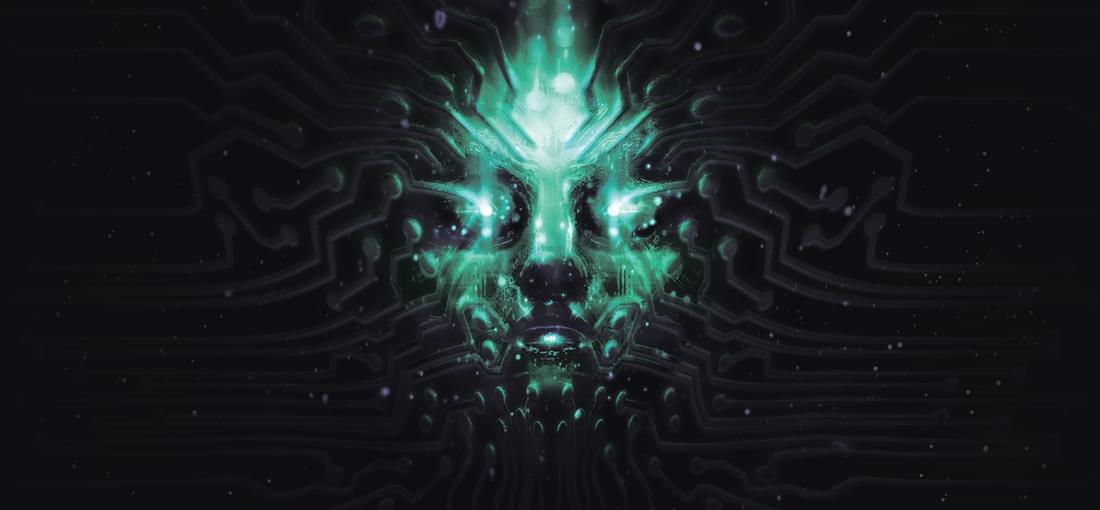
The godfather that started it all has been brought into the 21st century with love and a stunning visual facelift. Everything about this remake is both faithful to the original and exactly what SS needed to get it past the clunk and discouraging vistiges of being an MS-DOS game. While it was torture for Kickstarter backers to wait years for this to be complete, goodness was it worth the wait. From beginning to end, I loved it, especially after the 1.2 update that improved certain quality of life features and revamped the SHODAN boss battle. The origina SS gave us some of the greatest gaming franchises of all time: Thief, Deus Ex, BioShock, Metro 2033, and Dishonored. Its own sequel, System Shock 2, took everything great about SS and expanded on it in what is still probably the most fine-grained inventory-management immersive sim of all time. And all of these games coalesced together into that epic love letter to SS, Prey (2017) and its dlc Mooncrash. If you love any of these games, you must play the original, and the remake is now the definitive way to play System Shock. While every other developer was racing to clone Doom, Warren Specter and his team dared to imagine all the ingenuity of RPG's but in the context of a Doom-like 3-D world. Unlike Doom, SS built a space-station aiming at realism, functionality, and exploration. The levels aren't just labyrinthine like Doom maps; they're onion-esque, slowly unpeeling as your avatar moves up and down the space station. It's slow and dangerous, but enormously satisfying once you figure out a set of tasks to work on, and then complete them. There is no hand-holding in SS; it's just pure immersion, story-telling, and matching wits with one of the greatest video game antagonists of all time -- SHODAN. Highest recommendation.

Inmost isn't really a game. It's more like a pixel movie that occasionally lets you move a character. Metroidvania lovers should look elsewhere. So is it any good? Well, it's hard to say. The artwork, sound design, and music are exquisite. You will rarely play a game this beautiful. But, on the other hand, the story is really difficult to comprehend. There's a real world and then two allegory worlds that reflect the truth of the real world, but it's awfully difficult to weave into a single narrative. The violent, bloody ending made little sense to me, even after reading the Developer's "3 years later" explanations on Steam. It's only about 4-5 hours long, so it's not a huge commitment, but only come if you really like dark cinematic games with minimal gameplay.
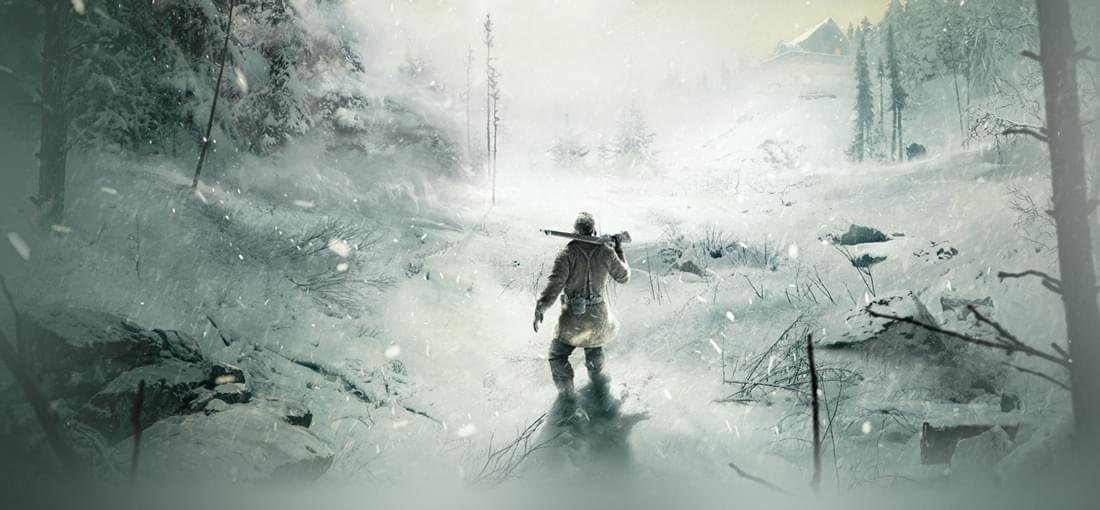
I loved the original Kona for the most part -- everything but the ending. The main part of that game was full of mystery and storytelling, with a semi-open world and soft survival mechanics that made it thrilling and created a satisfying sense of exploration. Until you unfreeze the ice-wall, and then it descended into a pointless chase game by the wendigo to the end. Kona II is sort of a reversal; here, the main game is fairly boring, but it has a pretty exciting finale. I wish this fina sequence had been placed on the original game, and not have two games. Look, Kona II is beautiful, it's polished, it has great narration and music. But whereas the original game hinged on mysterious supernatural happenings, this game tries to explain them all away with a sci-fi explanation about corrupt corporations and Frankenstein-esque meddling. It ruins the horror of the first game. And unlike the original, here the exploration is mostly linear and tendious. No clever puzzle solving, no piecing-together contraptions. The survival elements too are mostly extraneous; I never felt in danger of death at any point. The weapons are massively overpowered, and the enemies occasional and unthreatening. The vehicles look and feel great -- a motorboat and a dog sled -- but there's nothing interesting to do with them except go from A to B. Again, the original game is really good, and if you're super into this studio and their games, then by all means play the sequel. But it's nowhere near as good a story or as absorbing gameplay.
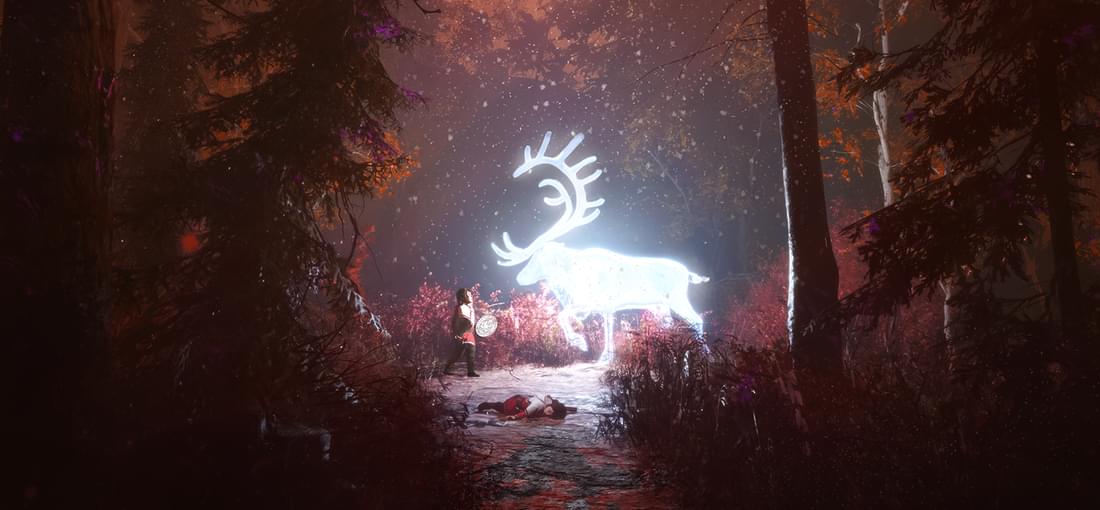
Skamba Snowfall is a lot of fun. It's beautifully made and introduces players to some very unique culture, dialogue, and traditions. It's made with a lot of love and I hope the planned sequel gets funded. Skamba is not entirely coherent however. It's really three different games, and each one only last 2-3 hours. The first game is an exploration mystery, traveling around the locale activating dialogue boxes and petting reindeer. The second game is lite metroidvania, gaining new abilities that open up previously inaccessible areas of the map. The third game is a long, very long, series of platforming maneauvers culminating in a boss battle. As a fan of Xen, it reminded me of the otherwordly platforming in Half-Life. All three types of games were fun, but I didn't toally feel like the game as a whole made sense together, and the third act felt quite overly long as you go up, up, up the mountain and then down, down, down into the caves. Still, it's a fun 9-10 hours, full of surprises, loads of collectibles, and a really nice interconnected set of maps. Just don't finish Chpt 7 before you find everything!
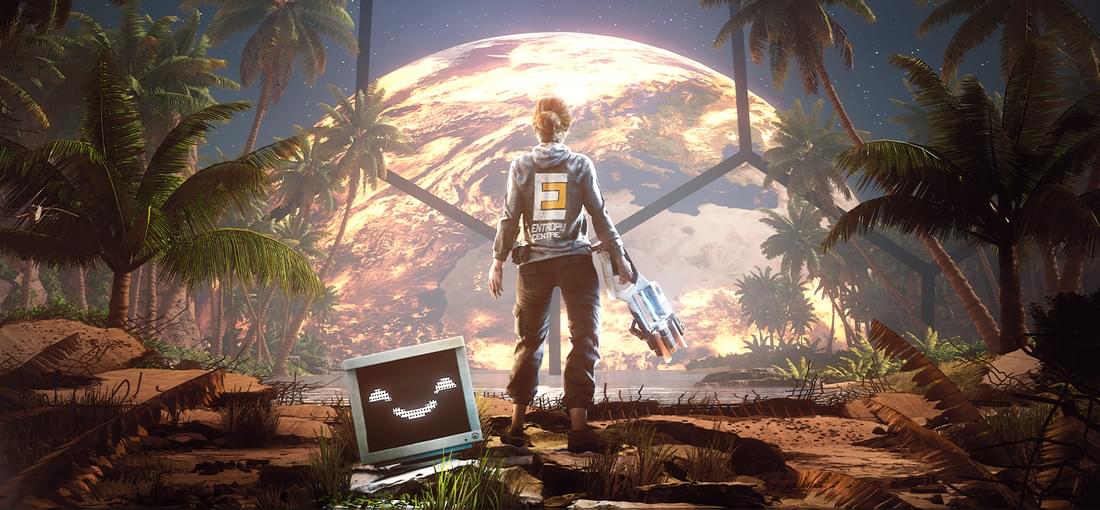
For those of us who are die hard Portal fans, The Entropy Centre is a wonderful gift. All the major Portal mechanics are here -- fans, light bridges, launch pads, laser cubes -- but now instead of portals, we get ... time rewinding. That makes the puzzles and their solutions quite different. I found the puzzles overall challenging but rewarding, and mixed up in between with interesting lore and interludes blowing up angry robots. The world-building is gorgeous. It really is a lovely environment to move through. The overall storyline is quite interesting as well, full of melancholy and tragedy. Unlie Lightmatter, another Portal clone, there's no antagonist in this game, and that does leave the game world feeling a little empty. You do have a companion, who is sweet and quite intertaining, but the lack of a proper antagonist does sap some of the momentum, especially in those sections that involve walking through an long series of silent corridors. The only other complaint is that although this is a Portal clone, it does not have Portal's smooth ninja-esque mechanics. There were several puzzles that I solve theoretically but struggled to execute because of clunky mechanics. That said, this was mostly produced by a one-person development team, so in light of that, these weaknesses seem meaningless. The Entropy Centre gave me nearly 14 hours of puzzle-solving delight, alongside some excellent voice acting to keep things light. Highly recommended.
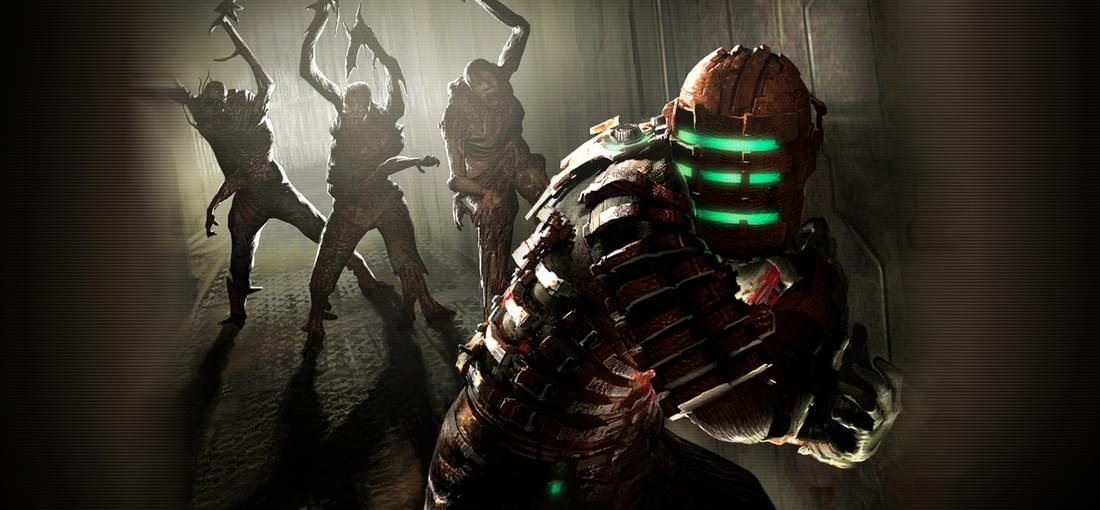
2024 was my first Dead Space playthrough, and although I know there is a fresh remake, I wanted to experience the original first. Dead Space is a creepy 3rd-perspective shooter with unique weapons, clever enemies, and a fabulous "Alien"-esque horror environment. Actually, it is even more so "Event Horizon." This game is gory, with a clever kill system for the enemies, and loads of collectibles. It's got a meaningful upgrade tree, and a great inventory system where you can store goodies for later. It's a lot of fun, especially when the game spices things up with low O2 or no gravity. The kinesis and slow-mo powers showcase its indebtedness to System Shock 2. My favorite moments were the tense sequences with waves of enemies coming at you, since Clarke is not the most ninja-like of protagonists. You have to think quick on your feet since you can't "Doomguy" your way through this game. But there are some real imperfections in Dead Space, which I hope are worked out in the remake. It's really not that scary. A couple times you'll get caught by surprise from an enemy dropping through the ceiling or what-not, but otherwise this game could have used more atmospheric support, like the dark parking levels of Half-Life 2 E1, or the twisting levels of HL2's Ravenholm. Part of its lack of fear factor comes from its very linear level design. The game is mostly a "go here, get a thing, put it over there" type levels, so it really depends on the combat to keep things interesting. The tasks themselves are not particularly puzzling or interesting. Finally, I didn't get much out of the story. I hear the remake does more with it. The cultus and the backstory to Clarke lacked significant emotional resonance, seeming more like Mcguffins to give me a reason to move from room to room. In the end, I found myself wishing they had kept it more Doom-like and just foregone the story, focusing instead of the GTFO nature of the mission.
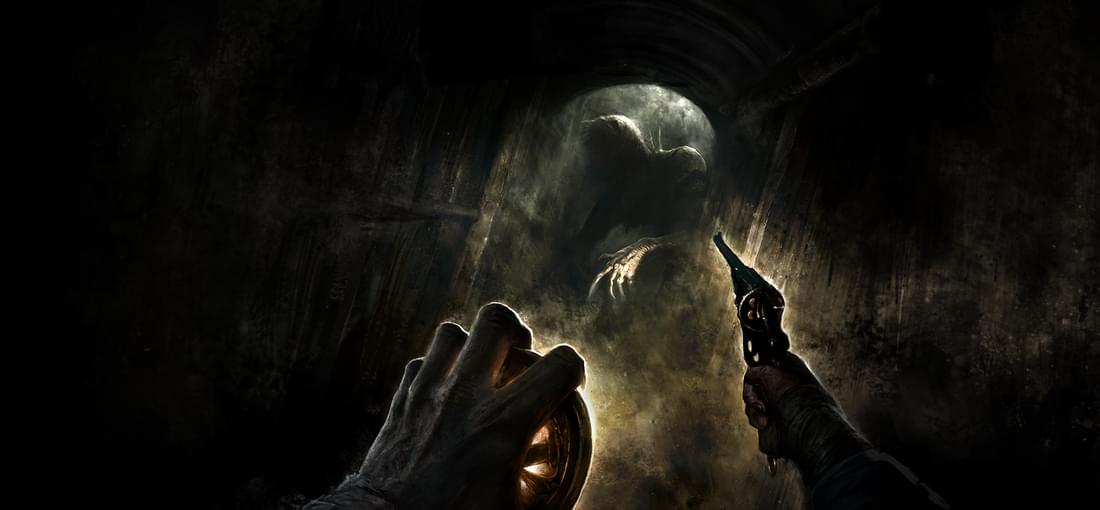
Amnesia The Bunker is pure survival horror. All the inessentials have been stripped away, leaving the player, an open map, and a monster. Becaues Frictional are really nice people, they've put in some gentle play modes for those who just want the atmosphere (very easy, easy, normal), but honestly if that's what you need I'd look elsewhere. This game is at its best when the tension is high and you're crawling around in the dark with no clue what to do. For all new players, I actually recommend playing on Hard for your first playthrough. I found Normal to be a little too generous with fuel and goodies, making it pretty easy to have the generator on all the time and to get rid of the monster when needed. Hard has scarcer resources and a more aggressive monster, giving an excellent first experience. After you finish hard, you have the option to play Shell Shocked, which is nuts, or to make a custom difficulty map. For those like me for whom Shell Shocked is a bit excessive, I recommend setting the custom difficulty to Hard settings, but adding in the hardcore medical mode and the fusebox mode, along with randomized lockers. Those three settings + Hard make for a truly glorious, nuanced, and intense game. Explore everything. Learn from your mistakes. Try crazy shit. And be prepared to make multiple runs from each save before you learn/accomplish enough to save again. At the outset, there is a lot of "what the hell am I to do?" scrouging around, especially when all your routes are cut off by rats. But keep foraging, keep hiding, and eventually you find something that breaks open another part of the map. Good luck soldier.
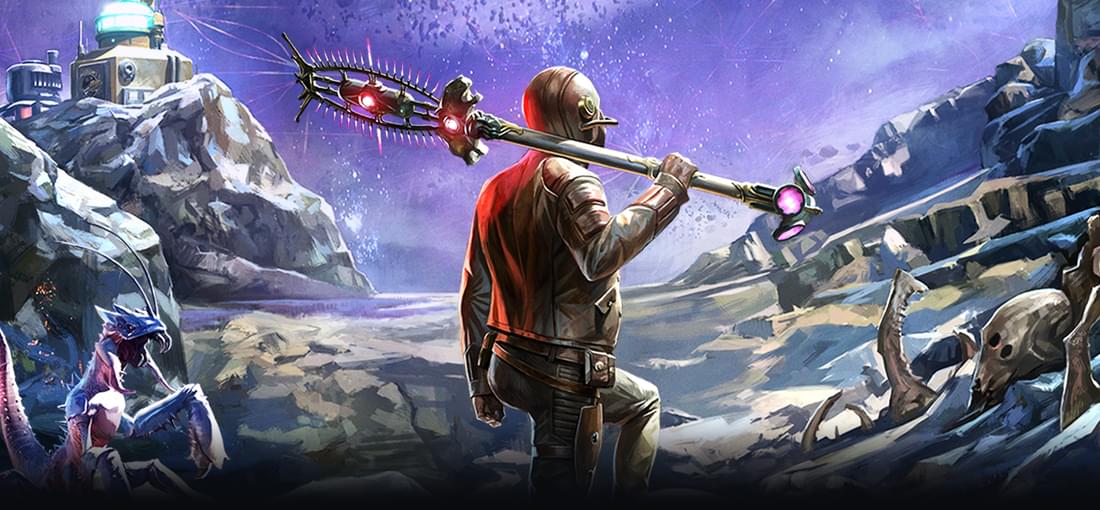
As other reviewers have said, Peril on Gorgon is more of the same Outer Worlds chicanery: killer robots, corporate mayem, lots of shady characters, guilt-ridden NPCs who need you to absolve them, and endless loot boxes with stuff you already have and don't need. There's really nothing new in this DLC, aside from two or three exceptionally cool weapons, but it does continue the same basic Outer Worlds gameplay to make the solar system feel a tad larger. Gorgon is very well designed, with a sidewinder design that helps it to feel quite massive and full of mystery. Actual exploration tends to be a bit of a let-down, but I still enjoyed the visit. The story is pretty underwhelming, so it's not going to be the plot that keeps you going here. You have to really like collectathons and adventuring to finish this DLC. Could have been so much more if they had followed the example of Bioshock 2's DLC and actually introduced new mechanics and gameplay. But I still think it is worth playing if you're playing the base game for the first time. The bigger solar system is a real plus.
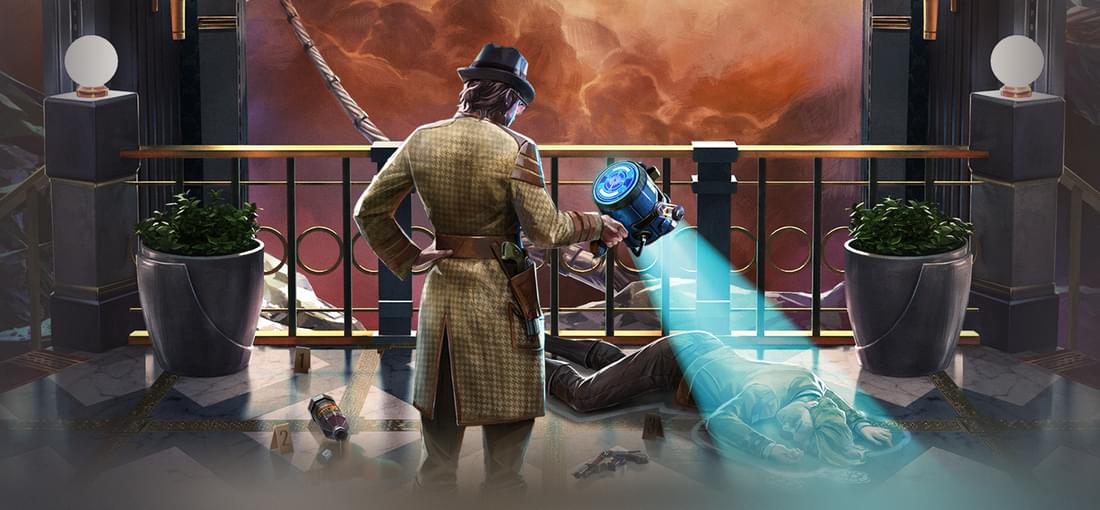
Murder on Eridanos is not a revolutionary addition to Outer Worlds. It mostly is more of the same -- corporate conspiracies, lots of self-important blowhards, some opportunities for gunslinging action. The twist is that this version comes with a mystery that you're supposed to "solve". Spoiler, though not really: it's not actually about you solving a mystery. It's more like a particularly obscure dialogue tree that takes a long time. Because you'll never get clues to actually solve the mystery, and whatever you decide for the solution won't impact the end-game of the DLC. Still, if you enjoy Outer Worlds I'd say this is a must play. It continues the richness of their world-building, and Eridanos is very strange and cool looking. I just wish the Outer Worlds team had worked to build new *mechanics* into their strange worlds, and not just interesting visuals. Could have been so much more, but is worth playing nonetheless.
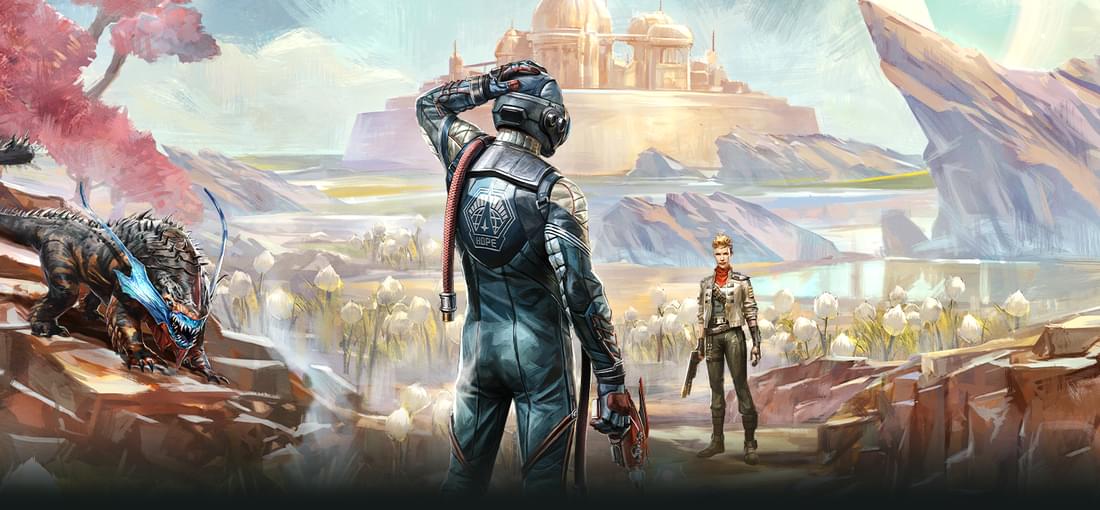
This is one of the hardest reviews to write. So much of The Outer Worlds is polarizing. If you like games like Fallout or Bioshock, this is definitely worth playing, yet it falls far short of those franchises. I played every quest and every dialogue tree I could, along with both DLC, and I finished in 117 hrs. It's a huge world with lots to do. And yet, as I watched the end game montage, I really didn't feel like I had done much of consequence in that time. That is what is frustrating about the Outer Worlds. In terms of graphics, voice acting, and sheer scope, it's an incredible world to visit. The solar system is vast, the worlds are lovingly detailed, and the characters are given excellent voices and some quite funny satirical dialogue throughout. Every weapon, including their upgraded versions, has a unique model and feel, and there are nearly a hundred different clothes and armor sets to deck out your character with and the characters of your shipmates. It's really a cool world and so much hard work went into the designs. And yet. . . As visually distinct as all the weapons are, I rarely ever felt like it mattered much which weapons I chose, or upgrades I installed, or armor I wore (as long as it was beefy). Sure, you can use stealth or fury, melee or ranged weapons, sniper or explosive rounds. But it all ended up feeling the same by the end. The loot felt like the same loot in box after box. The most disappointing aspect is that under the dazzling veneer each location in the solar system felt the same as the others. Unlike a similarly titled game, The Outer Wilds, where each planet in the solar system has its own unique physics and mechanics, here every location looks different but functions basically the same way way: kill critters, fight or talk your way through humans, finish quests. This would have been so much more if it had the creativity of Bioshock or Prey. Is it worth playing? Yes. But it could have been so much more.